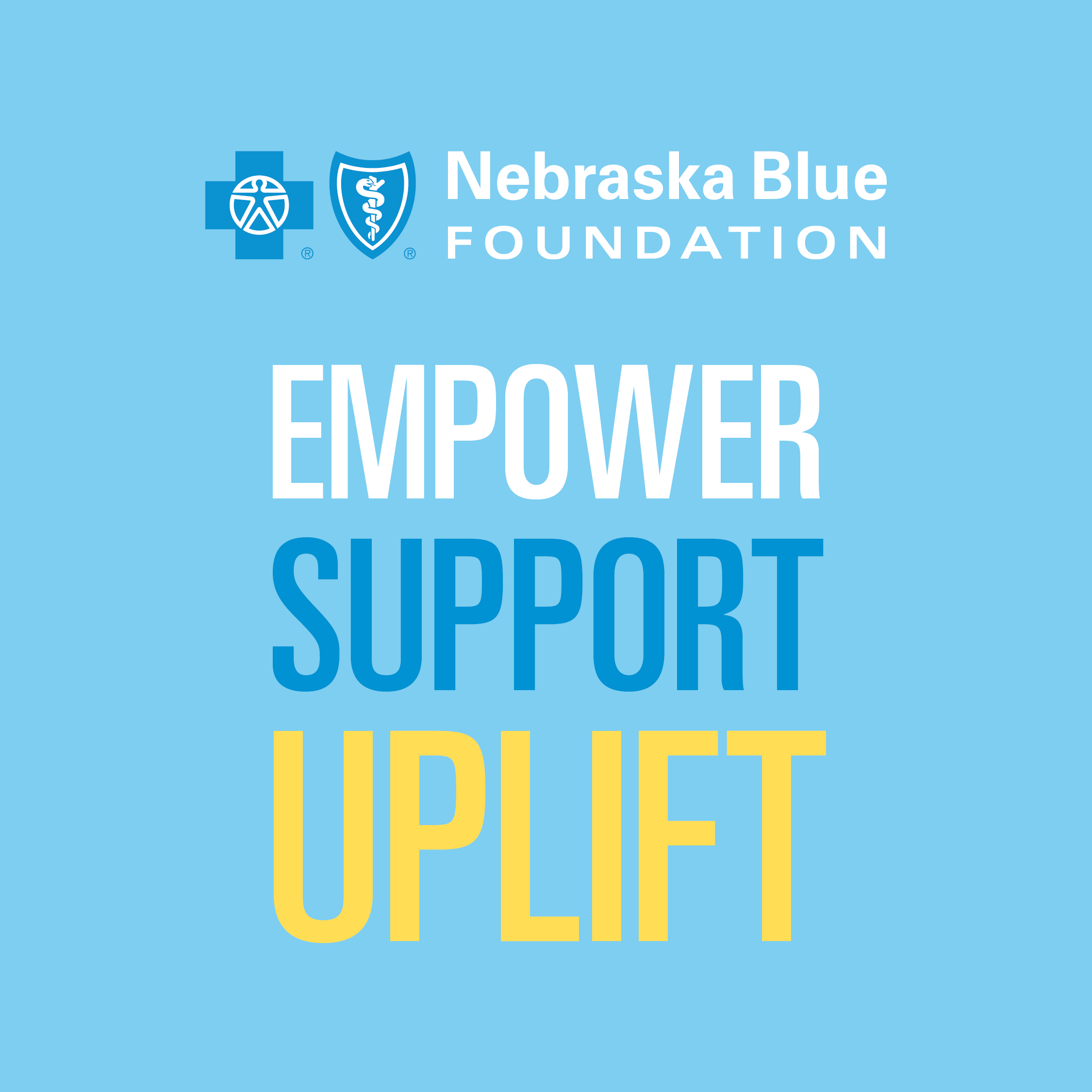By definition, agile means to move quickly and easily. Blue Cross and Blue Shield of Nebraska (BCBSNE) teams who use Agile project management do just that while sharing knowledge and delivering value from a customer perspective.
Agile is a project management system where a team works together to accomplish tasks in increments by meeting small deadlines every few weeks, said Peter Gamboian, a BCBSNE Agile project manager. Unlike traditional project management methods, Agile is less rigid and aims to deliver results at the end of each deadline.
Agile is commonly used in information services (IS) departments, and BCBSNE’s IS department is no exception.
Gamboian was a member of one of the first Agile teams at BCBSNE.
Gamboian credits Agile with breaking down silos. Before Agile, the department’s teams were based on their areas of expertise. Now, a few experts from each area are put together to create well-rounded teams.
“We said, ‘okay, we now have the skillset to perform what we need to do because we’re all the different functional areas represented and have the technical agility needed to create high-quality, well-designed solutions,’” Gamboian said.
Gamboian said being part of a team forced subject matter experts “to come out of their shells” and share their knowledge with others.
“You have to be more socially involved as opposed to just sitting back and having others come to you with questions,” Gamboian said. “It was changing the mindset from the old to the new saying let’s share the knowledge, let’s share the information and let’s share the success and manage work in a different way.”
Gamboian credits sharing information with enabling employees to showcase their hidden strengths.
“Without Agile, they would have been forced to stay within their functional area of knowledge,” Gamboian said. “I would say it has opened doors for individuals with other skills and talents that we probably wouldn’t have seen as quickly in the old way.”
A key component of the Agile process is teamwork since team members rely on one another to meet project deadlines. Gamboian said once a team forms, they stay together because of the trust and rapport they build.
“As teams begin to bond and stabilize, they become more clear on how to work together and how to accomplish tasks,” Gamboian said. “We enjoy being together and working towards the same goal.”
Agile also helps create transparency because teams share their project updates with their clients on a routine basis. Gamboian said this helps teams address problems with experts from other departments.
Agile is not limited to IS. At BCBSNE, Agile practices are seen in different ways throughout the company, said Kimberly Van Horn, manager of Agile enterprise services.
“Agile is a tool,” Van Horn said. “It’s also a way of being. From that perspective, it’s about principles and values, and it’s a way to create a healthy environment for our teams.”
Van Horn said Agile influences the way coworkers treat one another and ensures teams deliver value from a customer’s perspective.
“At the end of the day, the benefit is that it encourages rapid and flexible responses to change,” Van Horn said.
For more stories like this one, click here.






